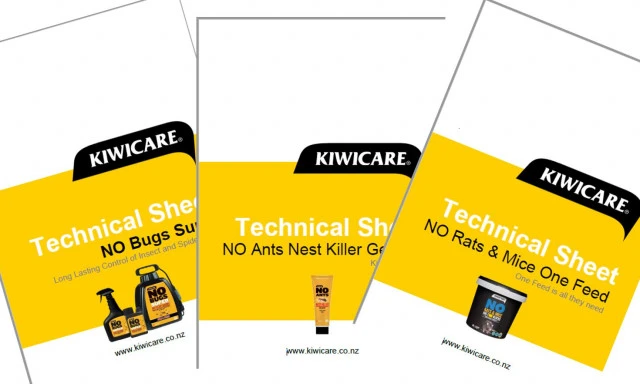IPM
Integrated Pest Management (IPM) is the use of several methods in a co-ordinated approach to preventing and controlling pests. This can be a combination of prevention, housekeeping, eradication and monitoring. IPM is environmentally sensitive and often has the aim of using fewer and less pesticides. IPM principles are as important in Do it Yourself (DIY) home and garden pest control as they are for professional and agricultural pest management.
A technical definition of IPM is “the control of pests by employing all methods consistent with economic, ecological and toxicological requirements while giving priority to natural limiting factors and economic thresholds”.
It is rarely likely that a single approach to controlling any pest will be sufficient on its own. For best on-going success a good overall view of why there is a pest problem and what risks there are of a pest becoming a problem is needed.
What are the main approaches of Integrated Pest Management?
- Assess the risks of a pest becoming a problem:
- Learn about the habits of the pest
- Apply the knowledge gained to reduce the risks
- Change the habitat at risk to make it unsuitable for the pest
- If the habitat cannot be changed in this way, apply preventative measures
- Physical barriers - stop the pests getting in
- Apply chemical barriers - repellents, insecticide
- Monitor to identify the entry of pests
- Ensure pests that gain entry are controlled or removed as soon as possible
- If the pest becomes established plan and prioritise the eradication of the pest and look to prevention of future infestations.
The US Environmental Protection Agency (EPA) lists four steps in IPM;
Set Action Thresholds
- Decide what level of pests is unacceptable and above which action should be taken.
- Monitor and Identify Pests
- Not everything is a pest. Detect insects, animals and weeds, identify them and decide whether they pose a risk that requires action.
Prevention
- This is the first line of defence. Plan to prevent a potential pest becoming a problem. This can be selecting plants for your garden that are resistant to insect pests or proofing your home against the entry of rats and mice.
Control
- Once a pest has reached the set action threshold, has been assessed as posing a risk, and has gained entry to the protected environment action is taken to eradicate the pest.
What does IPM mean for you at home?
This all sounds a bit much for dealing with pests at home, but if we look at it from the home DIY pest control and gardening perspectives and simplify these principles it means:
- Some numbers of pests are not a problem, take action when they are or could become a problem.
E.g. a few aphids can be removed by squashing them with fingers or left to beneficial insects such as ladybugs to control, one or two flies flying in an open window may not be a significant nuisance, but one mouse in the house may be too many. The threshold depends on your reaction to the problem. - Look out for and take note of pests.
E.g. If you don't go into your garden and look at the roses you won't see the aphids building up. Look out for signs of rodents. If you find something gnawed or some droppings, take time to check around the house for other signs. - Stop pests becoming a problem.
E.g. Don't wait until your vulnerable roses have aphids, treat with preventative systemic insecticides on a regular basis. Prevent rodents gaining entry to your home by sealing gaps around pipes and in the eaves of your roof etc. For more information on proofing go to the Problem Solver. - Getting rid of pests can rarely be achieved by the use of a single product or approach.
E.g. Ants are best controlled by baiting followed by insecticide barriers used inside and outside, followed by removal or denial of nest sites. Moss in your lawns is best controlled by using LawnPro Mossclear moss killer, then improving soil condition with fertiliser, aeration, improved light and drainage.
David Brittain
Kiwicare


